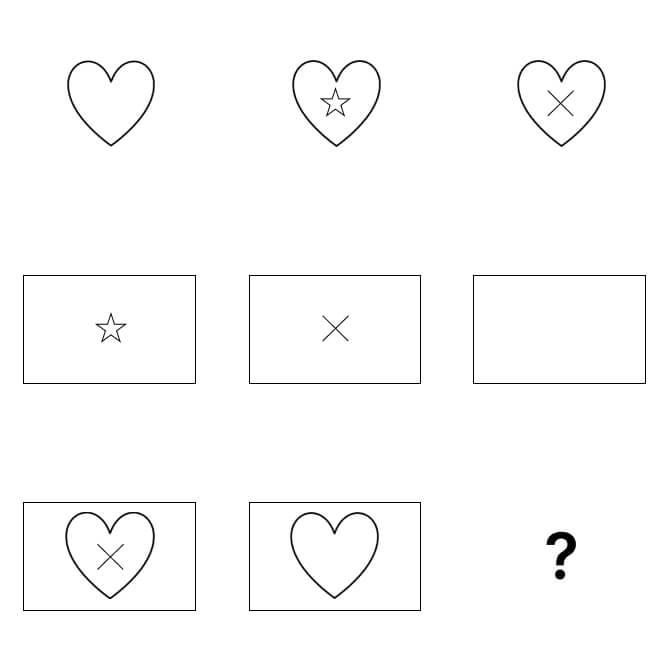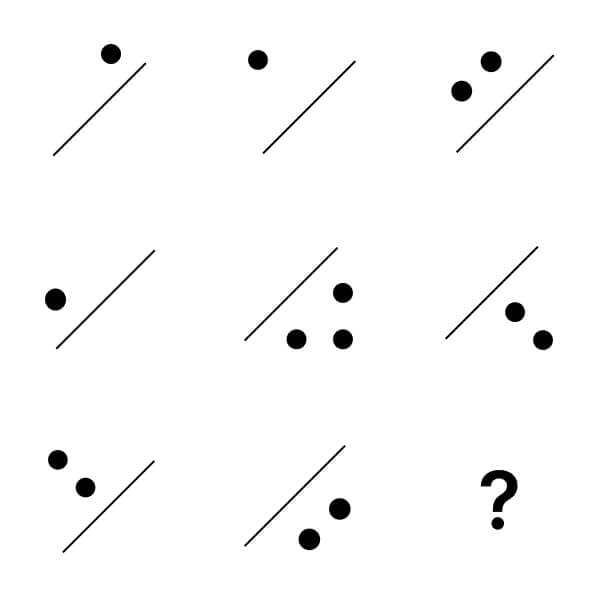Are you applying for a position that requires you to take the Alva Logic Test or/and the Alva Personality Test?
This Alva Labs Logic Test represents one of the most challenging and complex logical reasoning tests available today. As the Alva test is an adaptive test, the questions in it are not only extremely difficult but if you manage to answer the questions correctly, expect them to become even more challenging.
To help you ensure you are prepared for the Alva Test ahead of you, we have developed a tailored All-Inclusive Alva Tests PrepPack. Our PrepPack includes:
- Alva Logic Test & Alva Personality Test Full Simulations - allowing you to practice the actual test's time constraints, format, and types of questions you will encounter on the actual test and identify your weak areas.
- 5 Additional Practice Tests - covering all the topics and sections you'll face in the Alva Logic Test and Alva Personality Test. The practice tests will allow you to thoroughly practice your weak points, as revealed by the full test simulation.
- Alva Tests Study Guides - providing a thorough understanding of the theory behind each of the Alva Tests and the most effective methods for answering questions.
During the past 15 years, JobTestPrep prepared 1,000,000+ candidates for their Tests! We constantly update our PrepPacks to provide the most accurate prep.
-Scroll down for more valuable info, expert tips and Practice Tests-
- Alva Logic Test
- 4 Alva Logic Interactive Study Guides & Practice Tests
- 3 Alva Logic Full Test Simulations
- Alva Personality Test
- Personality Test Theory Guide
-
Full Personality Test
- 30+ Single Trait Practice Tests
What Is the Alva Labs Logic Test?
The Alva Labs Logic Test is a 40-minute, 20-question logical reasoning test (aka abstract reasoning test) based on matrices. The test is designed to assess your ability to recognize patterns, draw conclusions, and analyse complex visual data.
The test is similar to other logical reasoning tests, such as Raven’s Progressive Matrices Test (RPM) and Matrigma, but has several important differences.
Here are several quick facts about the Alva Labs Logic Test:
- The test contains 20 questions, all formatted as a 3x3 matrix with one missing shape.
- Each question has 6 answer options, only one of which is correct.
- The time limit is 2 minutes per question, so 40 minutes for the entire test.
- The test is adaptive – answering correctly will lead to more advanced questions and answering incorrectly will lead to simpler questions.
Further below we discuss the test in more detail, including sample questions and answers.
More Personality Tests on JobTestPrep
Explore more assessments of personality and behaviour, and discover sample personality questions:
16 Personalities | Adept 15 by AON (cut-e) | Cubiks PAPI | Hogan Personality Inventory | Korn Ferry Leadership Tests (KFALP and KF4D) | McQuaig Word Survey | Myers Briggs (MBTI) | NEO Personality Inventory | PerformanSe | Predictive Index (PI) | Revelian Personality Tests | Saville Wave Personality Test | SHL Occupational Personality Questionnaire | Talent Q Dimensions | Thomas HPTI | Thomas International PPA
Alva Labs Sample Questions and Answers
You can see similar questions by answering our Raven's Progressive Matrices sample questions.
All questions on the Alva Labs Logic Test follow the same format:
- A 3x3 matrix with one shape missing in the bottom right corner.
- Shapes change in both the rows and columns.
- Different rules may apply to rows and columns (especially in harder questions).
- These rules will usually be one or more of the 5 Alva Labs Shape Patterns.
- Your task is to identify these rules and find the missing shape out of 6 possible answers.
Let’s demonstrate with 3 Alva Labs Test sample questions (with answers):
Alva Labs Logic Test Sample Question #1 (Easy)

Alva Labs Logic Test Sample Question #2 (Easy)

Alva Labs Logic Test Sample Question #3 (Intermediate)

Create Your Custom Assessment Prep Kit
Job-seeking can be a long and frustrating process, often taking months and involving numerous pre-employment tests and interviews. To guide you through it, we offer a Premium Membership.
Choose 3 Preparation Packs at 50% discount for 1, 3, or 6 months.
Taking the Alva Labs Logic Test
After reading the test instructions and solving two very basic sample questions, you will begin the Alva test.
- 2 minutes will be allowed to solve each question (or task, as the test instructions call it).
- 30 seconds before the question time ends, you will be notified to submit an answer.
- After submitting an answer, you will be taken to the next question. You will not be able to go back and change your answers.
- If you leave a question unanswered, it will be considered a wrong answer. So, it’s better to guess than two skip questions.
- If you have answered the question correctly, the next question will be more challenging, if you got it wrong, the next question will be easier.
What Is a Good Score on the Alva Logic Test?
The Alva Logic Test is scored on a 1-10 scale. Your score will be compared to the working population in general and will be given a percentile range, given below.
The average Alva Labs Logic Test score is 5.5/10.
| Score (1-10) | Percentile Range | Interpretation |
| 1-2 | 1-6 | Below average |
| 3-4 | 7-30 | Slightly below average |
| 5-6 | 31-69 | Average |
| 7-8 | 70-93 | Slightly above average |
| 9-10 | 94-99 | Above average |
Source: Interpreting Your Alva Labs Logic Test Scores
Remember that the AlvaLabs test is adaptive – so your test score depends not only on the number of correct answers but also on the difficulty of the questions.
The Alva Labs Personality Test
Oftentimes, you will be requested to complete the Alva Personality Test after your Alva Labs Logic Test.
Here are several quick facts about the Alva Personality Test:
- The Alva Personality Test contains 120 questions and takes 15 minutes to complete.
- Each question contains a single statement. You need to rank how well each statement describes you, on a scale of 1 (strongly disagree) to 5 (strongly agree).
- The Alva Personality Test assesses 5 main traits, based on the 5 Factor Model (aka Big 5): Agreeableness, Conscientiousness, Extraversion, Emotional Stability, and Openness to Experience.
- Each of these 5 main traits is divided into 3 sub-traits, so 15 sub-traits total.
Read more on personality tests.





